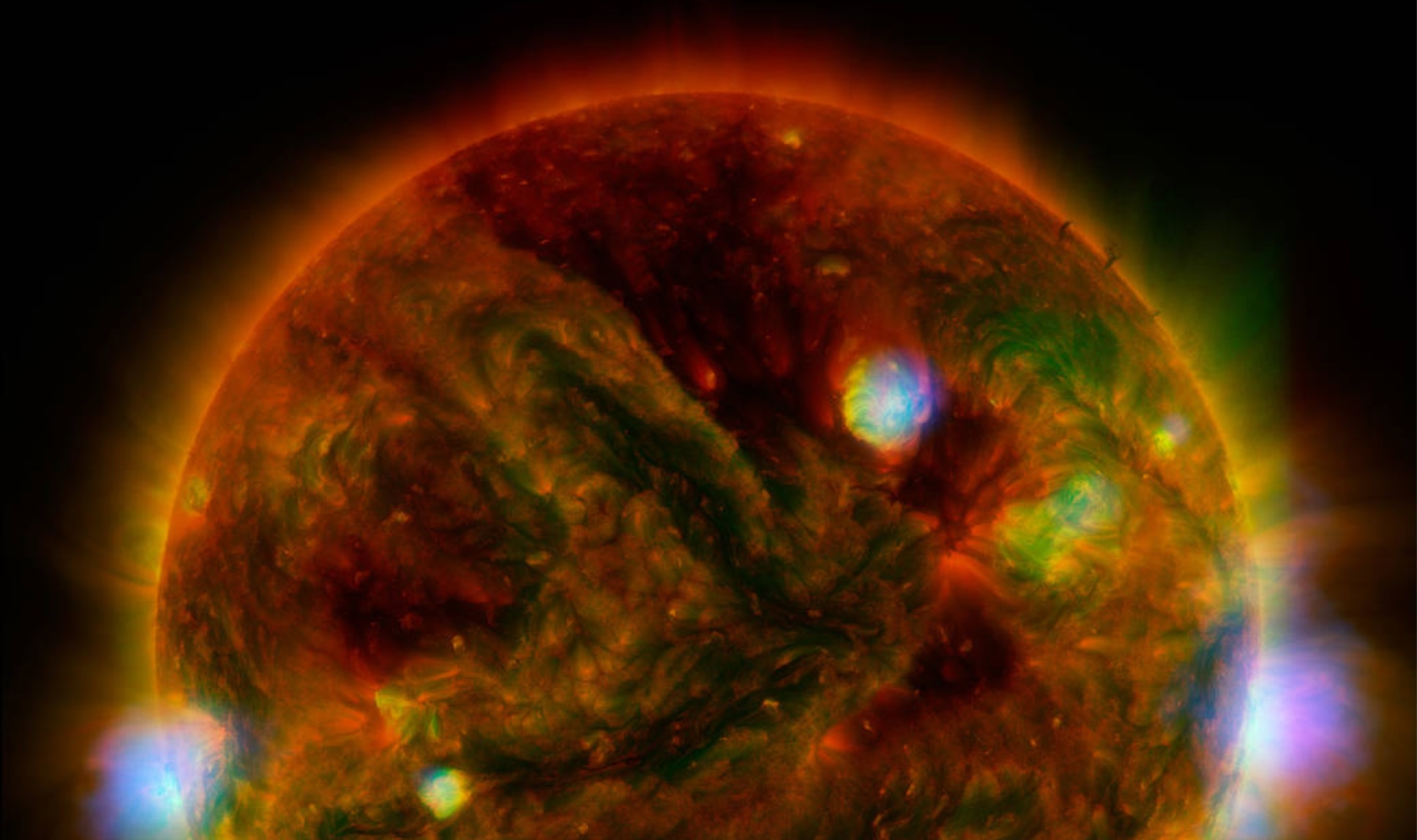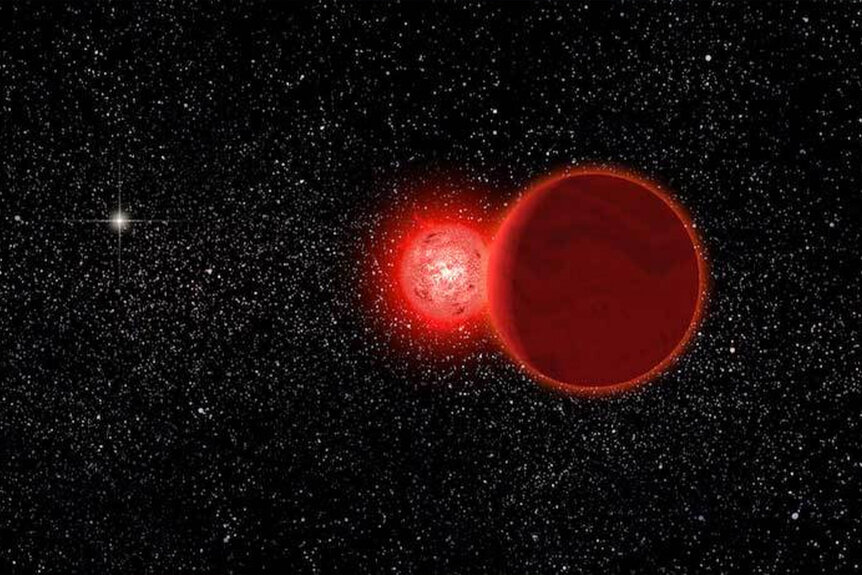Create a free profile to get unlimited access to exclusive videos, sweepstakes, and more!
How a Rogue Star Might Save Earth from Destruction a Billion Years from Now
We might be able to dodge the apocalypse with a little help from another star.

The Sun is the source of all life on our planet, but on a long enough timescale, it will also be the source of all death. The 2006 disaster film Solar Attack (streaming now on Peacock) features a planet under threat of an overactive Sun. An incredible coronal mass ejection (CME) is on a collision course with Earth, and when it arrives it will ignite high concentrations of methane in the air and burn the planet to a cinder.
Fortunately, real-world CMEs are (usually) not a big deal and they can’t actually light the sky on fire, but the Sun will likely do us all in eventually. But now, a recent study published in The Monthly Notices of the Royal Astronomical Society suggests we might get rescued from a dying Sun at the last minute by a passing rogue star.
What Are the Odds a Rogue Star Could Move Us into a Better Orbit?
Most people know that roughly 10 billion years from now the Sun will die and take the inner part of the solar system with it. In the course of its death, the Sun will swell many times over and engulf the inner rocky planets. Way before that happens, about a billion years from now, the Sun will have increased in brightness enough to raise the temperature dramatically. The oceans will boil, the planet will bake, and any life still hanging on will have a very hard time of things.
RELATED: How and When Will the Sun Die?
If we want earthly life to continue after that point, we’re either going to have to leave the planet or get the planet into a more hospitable orbit. Moving a planet is well beyond our technological capabilities, but stars do it all the time, and a rogue star passing through our system might shake things up enough to bump us into a comfier climate. To that end, scientists ran more than 12,000 simulations to determine whether a stellar rescue mission from a rogue star is possible.
The experimental process was relatively straightforward, if laborious. Scientists simulated a rogue star passing by our solar system at a distance of less than 100 astronomical units (9.3 billion miles, that’s roughly three times the average distance to Pluto) and watched what happened. Then they repeated the simulation with slightly different conditions roughly 12,000 times.
The simulations found that our system is shockingly stable. In 92% of simulations, the star passed by without changing the orbits of the eight planets. The other 8% messed with at least one planet, but it was only Earth some of the time and it only resulted in a preferable orbit in one out of every 350 encounters. In some cases, the Earth ended up in a stable orbit out beyond Pluto. In others it got kicked out of the system entirely or captured by the passing rogue star.
RELATED: So, um, maybe the Sun *will* eventually swallow the Earth. Bummer.
A chance of 1 in 350 is slim already (a probability of only 0.286%) but we’re dealing with a couple of stacked improbabilities. All of these simulations are dependent on a rogue star actually showing up. Astronomers estimate a 1% likelihood of a rogue star passing within 100 AU of us every billion years. Since we’ve only got a billion years left before the Sun cranks up the heat, we only have one shot. The combined probability of a rogue star showing up and it being one of the 0.286% of scenarios which work out for us is roughly one in 35,000. Each of us is about twice as likely to get struck by lightning in our lifetimes than for this to work out. But we can dream. Then again, if a rogue star showed up too soon and knocked us out toward Pluto before the Sun turned up the thermostat that would be... not great.
A billion years is plenty of time to catch up on your favorite movies, including Solar Attack, streaming now on Peacock.



























